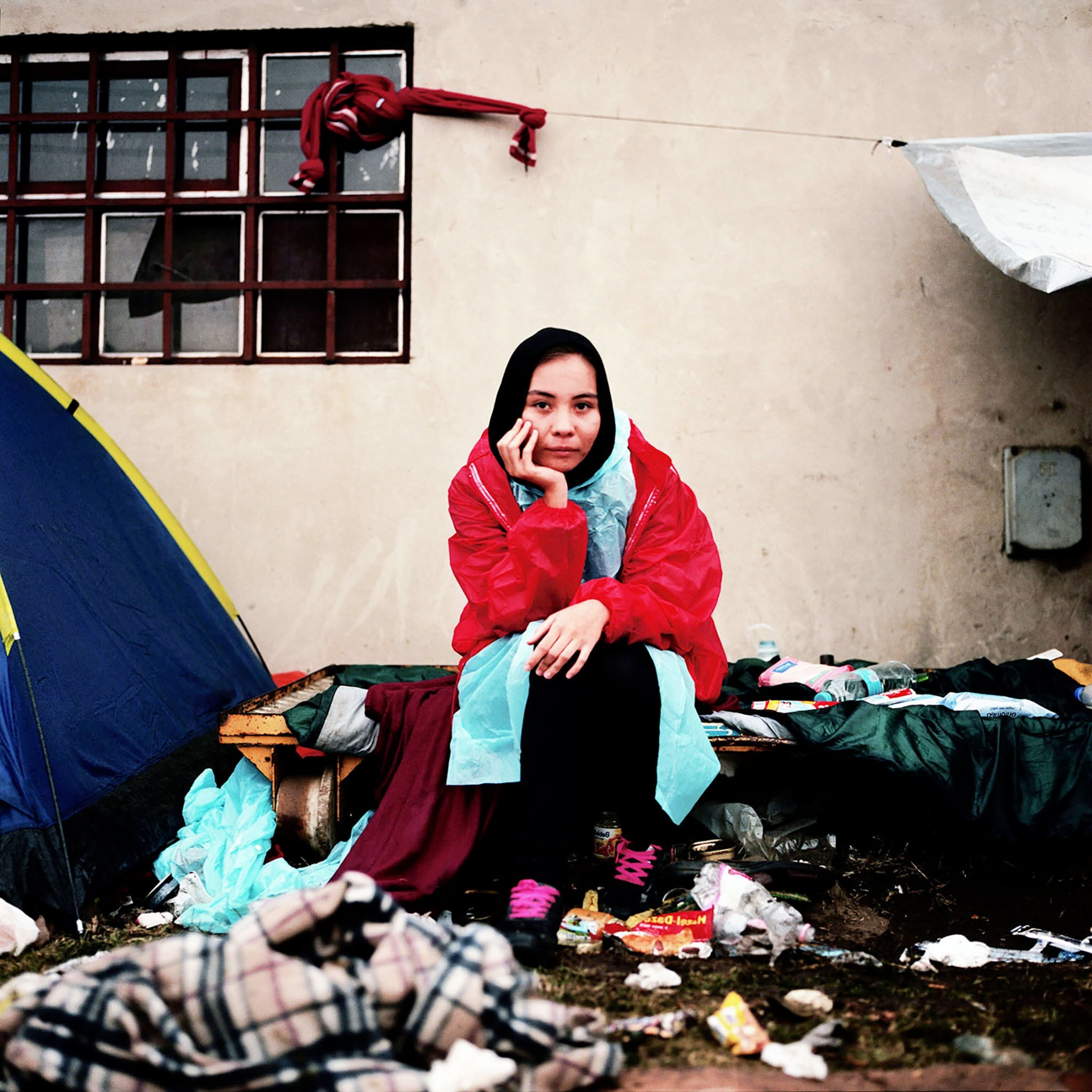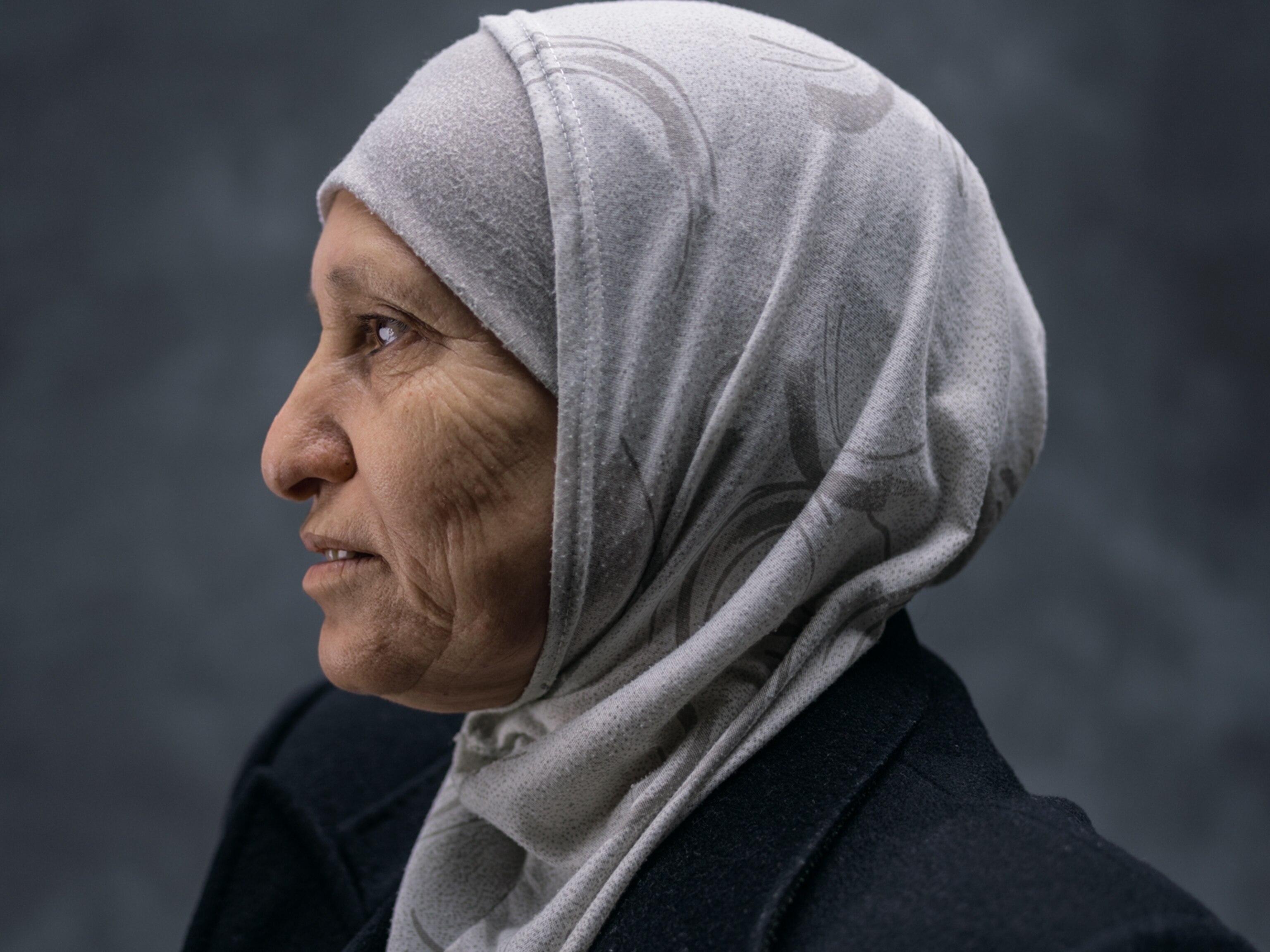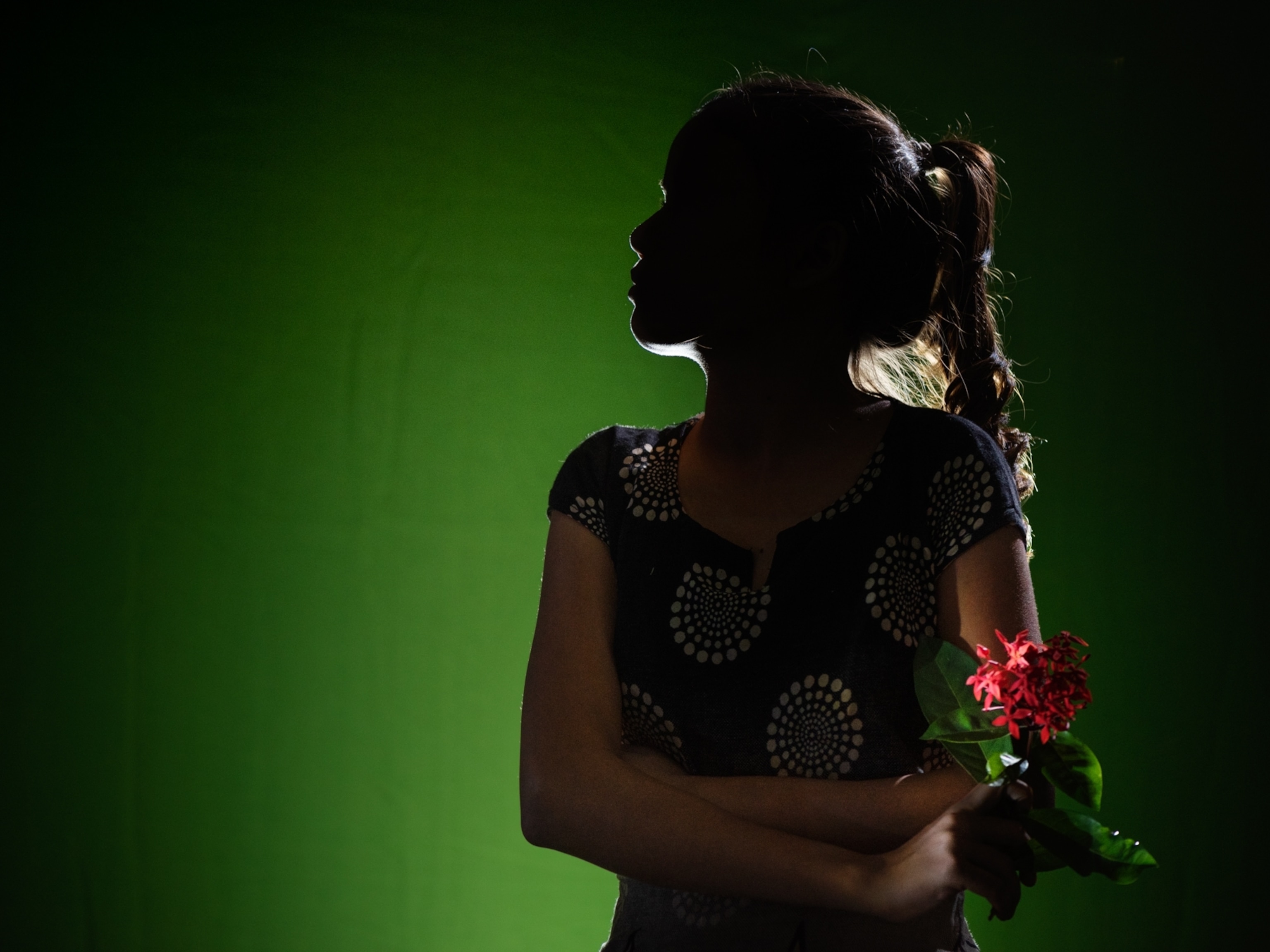
Young Refugees Carry Few Belongings—and Many Dreams
“I want to become a doctor,” says 16-year-old Feresteh. Originally from Kabul, Afghanistan, she was temporarily stuck in Croatia this fall after Hungary closed its border to refugees. That’s when she met Swedish photographer Loulou d’Aki.
D’Aki is fascinated by youth. She sees it as a time when “aspiration is not yet conditioned by experience.” And it’s the lens she’s using to examine the recent journey of refugees, mostly from the Middle East and Afghanistan, to Europe.

[See more images of the closing of the Hungarian and Serbian border from September 2015.]
Her concept is simple: Photograph young people and ask them about their hopes and dreams. She first had the idea while working in Paris in 2009, and she’s since tried it out across the globe, from Japan to Jerusalem. D’Aki had already worked on several chapters of this project—called “Make a Wish”—in the Middle East. So when unprecedented numbers of young people began fleeing that part of the world and arriving in Europe earlier this year, she said it felt like a natural continuation of her work.

In September and October of 2015, d’Aki followed the migration route in reverse. Starting in Budapest, she visited makeshift camps by the train station before she made her way to the Hungarian-Serbian border. She then continued on to Croatia, Macedonia, mainland Greece, and the Greek island of Lésvos, intersecting with thousands of young people fleeing conflict and journeying toward the unknown.
“Most people I met on the road were from Syria and Afghanistan. Some came from Iraq, and there was a relatively small number of African migrants,” she says. “The Syrians, fleeing civil war, would mostly travel with family, while most Afghans were lonely men on the run from the Taliban—they had left their family behind, and many told stories about fathers killed back home.”

She says that those who crossed over from Turkey and arrived on Lésvos (site of the beginning of their trip and the end of hers) came with very few belongings, sometimes only a backpack.
Having left so much behind, the youth she photographed had little choice but to look to the future. Many were happy to pose for a portrait in front of d’Aki’s Hasselblad camera and tell her about their aspirations, writing their answers in her notebook. Some would ask d’Aki about potential difficulties on the road ahead, what towns they should avoid, and what country might be most likely to offer asylum. Others were so propelled by thoughts of their destination that they said they didn’t have time to think about their hopes while on the road—they just wanted to arrive.

D’Aki has surveyed a lot of youth. “What interests me,” she says, “is how young people are affected by the society in which they live and the consequences this has on their lives.” As she’s observed: “When portraits are taken during a time of tension, change, conflict, or in the aftermath of a revolution, the dreams and aspirations [of the sitter] tend to be linked to a stronger sense of nationality, of patriotism. The youth tend to aim for greater deeds that include not only the individual. It’s different in quiet, peaceful places, where dreams often concern the individual first and his own personal gratification.”

Meeting so many young people “stuck in limbo,” waiting on politicians to decide where they can cross to next, deeply touched her. “When you read about the stream of migrants it is a lot about anonymous numbers,” she says. “I wanted to see it with my own eyes and to put faces and names to the numbers stuck in my head.”

On her website, d’Aki begins this chapter of the project with a quote by the French poet Arthur Rimbaud: “On ne part pas. Reprenons les chemins d’ici,” which translates loosely to, “We are not leaving. Let’s get back on the road from here.” It speaks to an optimism and a resilience often associated with youth—but for those in these difficult circumstances, there may be no other option.
What’s It Like to Have Refugees Stream Into Your Town?
Intimate Portraits of Refugees: “We Don’t Want to Live in a War.”
Related Topics
You May Also Like
Go Further
Animals
- This ‘saber-toothed’ salmon wasn’t quite what we thoughtThis ‘saber-toothed’ salmon wasn’t quite what we thought
- Why this rhino-zebra friendship makes perfect senseWhy this rhino-zebra friendship makes perfect sense
- When did bioluminescence evolve? It’s older than we thought.When did bioluminescence evolve? It’s older than we thought.
- Soy, skim … spider. Are any of these technically milk?Soy, skim … spider. Are any of these technically milk?
- This pristine piece of the Amazon shows nature’s resilienceThis pristine piece of the Amazon shows nature’s resilience
Environment
- This pristine piece of the Amazon shows nature’s resilienceThis pristine piece of the Amazon shows nature’s resilience
- Listen to 30 years of climate change transformed into haunting musicListen to 30 years of climate change transformed into haunting music
- This ancient society tried to stop El Niño—with child sacrificeThis ancient society tried to stop El Niño—with child sacrifice
- U.S. plans to clean its drinking water. What does that mean?U.S. plans to clean its drinking water. What does that mean?
History & Culture
- Meet the original members of the tortured poets departmentMeet the original members of the tortured poets department
- Séances at the White House? Why these first ladies turned to the occultSéances at the White House? Why these first ladies turned to the occult
- Gambling is everywhere now. When is that a problem?Gambling is everywhere now. When is that a problem?
- Beauty is pain—at least it was in 17th-century SpainBeauty is pain—at least it was in 17th-century Spain
- The real spies who inspired ‘The Ministry of Ungentlemanly Warfare’The real spies who inspired ‘The Ministry of Ungentlemanly Warfare’
Science
- Here's how astronomers found one of the rarest phenomenons in spaceHere's how astronomers found one of the rarest phenomenons in space
- Not an extrovert or introvert? There’s a word for that.Not an extrovert or introvert? There’s a word for that.
- NASA has a plan to clean up space junk—but is going green enough?NASA has a plan to clean up space junk—but is going green enough?
- Soy, skim … spider. Are any of these technically milk?Soy, skim … spider. Are any of these technically milk?
Travel
- What it's like to hike the Camino del Mayab in MexicoWhat it's like to hike the Camino del Mayab in Mexico
- Is this small English town Yorkshire's culinary capital?Is this small English town Yorkshire's culinary capital?
- This chef is taking Indian cuisine in a bold new directionThis chef is taking Indian cuisine in a bold new direction
- Follow in the footsteps of Robin Hood in Sherwood ForestFollow in the footsteps of Robin Hood in Sherwood Forest




